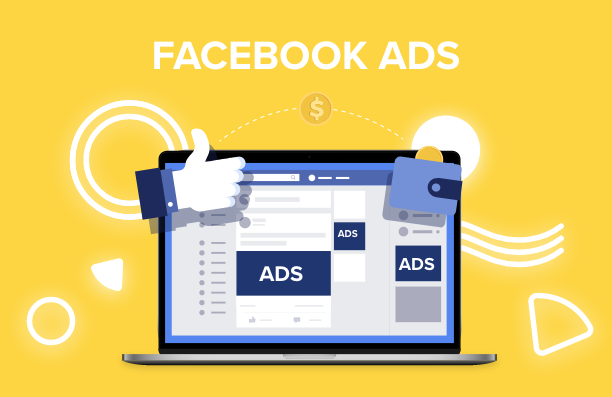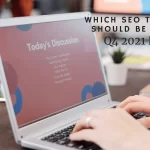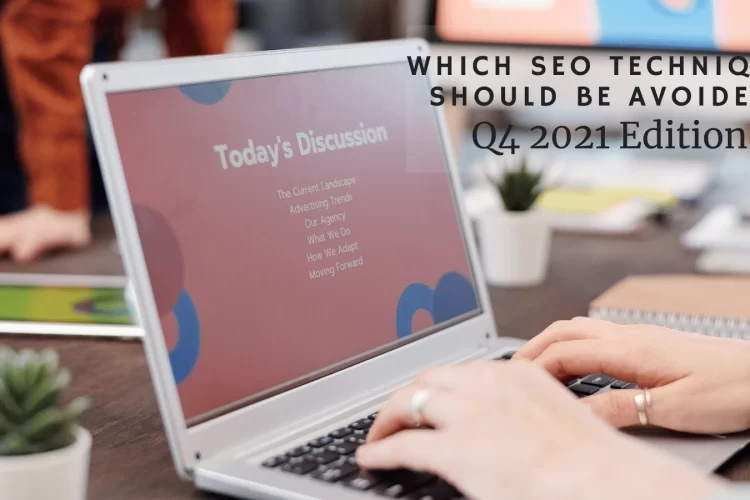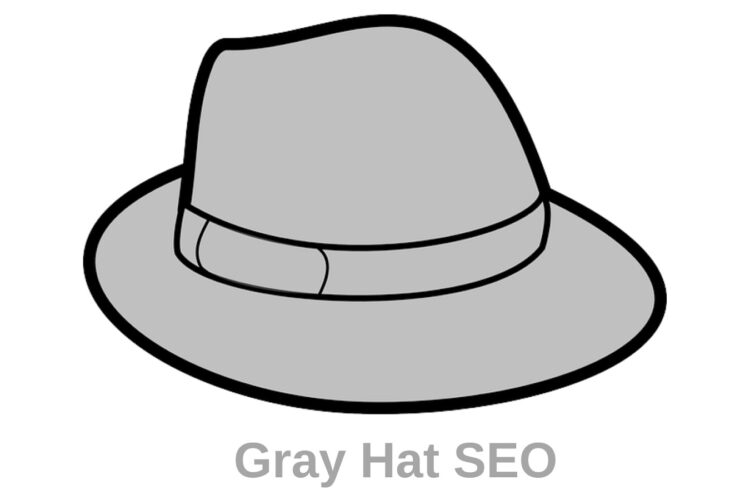
Facebook ads are advertisements that appear on Facebook, along with its broader audience network as well as its additional applications like Whatsapp and Instagram.
2.2 billion people regularly use Facebook daily, and 2.8 billion monthly users, which accounts for Facebook, Audience Network, Instagram, and Messenger. If all of these platforms are put together, then Facebook could reach 37% of the world’s population each month. Its user base offers companies a wide range of possibilities for targeting and identifying their core audiences.
Facebook marketing provides a comprehensive and easy way to reach customers at every stage of the sales funnel, Facebook ads are a cost-effective and efficient method for utilizing digital marketing, which increases a company’s profitability and visibility on social media, advertising on Facebook has been on the rise, and companies that utilize it will gain long-term benefits.
Facebook Ads Targeting
The most significant benefit of Facebook advertising is targeting. With Facebook, you can target customers who are most likely to be profitable for you. The more data an organization has about its target group, the better it can use to design more effective campaigns. In addition, because of the nature of Facebook’s targeting tools, you’ll find an audience you would not normally find.
Targeting is done by choosing and combining interests, ages, locations, languages, or by creating custom audiences from various data sources. With data-based custom audiences, you can create audiences based on history of past advertising and data from your website.
Examples of possible custom audiences:
√. Orders, Add-to-Carts, and View Content
√. Leads
√. Website traffic
√. on views of videos (For example, 95% watched a video)
√.Facebook data from previous posts
We can take advantage of these example custom events to create powerful retargeting advertising, which allows us to increase the return on our advertising spend (ROAS). At the beginning, interest-based targeting is more effective since a lack of data does not yet allow us to create custom audiences.
Look-A-Like Audiences:
The core targeting method in Facebook ads is look-a-like audiences. These are audiences that are based on match data linked to pixels on a website, Facebook ads’ core targeting method is look-a-like audiences. These are audiences that are based on match data linked to pixels on a website.
The use of look-alike audiences enables Facebook to show ads to a similar audience, but a larger one that is likely to convert. For example, you can produce a 1% look-alike audience from purchase events from a country where the data has been collected. The use of look-alike audiences is a highly scalable method for your campaigns.
It is always a good idea to keep in mind that even if there is enough data, there is no guarantee that the targeting will increase results or conversions, and that the targeting can always be improved.
Example of testing targeting options:
Use the same ads in different ad groups to determine whether targeting alone is effective.
You should use several targeting options between advertising groups, and test at least three ad groups.
Super look-alike audiences can be created by combining the best performing audiences into one and allowing a wider scale of campaigns based on other targeting options like ages, genders, local areas, and languages. This method involves merging the best performing audiences into one and allows a greater scope for the audience.
Facebook Ads Cost and Budgeting
Facebook advertising is either pay-per-click or cost-per-thousand impressions (CPM – Cost per mille). Budgets are set daily, which means Facebook will try to use the given daily budget. Although sometimes the daily budget will be exceeded, Facebook will average it out over the course of a month.
Campaign Budget Optimization’ (CBO Campaign) is an option through which Facebook optimizes, and divides the use of a budget within a campaign to gain the best results.
During campaign budget optimization, budgets are split between different ad groups and ads based on performance.
In the Facebook auction, these five factors.
Following are five important factors that influence the cost of Facebook ads in its online auction:
1.Time
Which month, day, and time of day it is matters to the price.
2.Bidding strategy
According to the Lowest Cost-Strategy, Facebook offers the cheapest bid amount to gain campaign results.
A Lowest Cost with Cap-Strategy specifies the maximum bid Facebook can use to gain campaign results, however, this strategy can limit the visibility of the campaign if set too low.
Target Cost-strategic is only available for conversion-based campaigns; with Target Cost, you tell Facebook how much you want to spend for conversions; doing so allows testing profitability early on if we know how much we can spend per conversion.
A good way to test ads is to experiment with bidding strategies and see what effects they have on the advertising results.
3.Placements
Additionally, where you advertise can affect the cost. For example, there may be substantial differences when you advertise on Instagram Stories or Facebook Mobile Feed.
4.Relevancy Metrics
With the use of relevance metrics, Facebook rates the quality of the ads.
. Engagement Ranking
Ad engagement will be based on how often the ad was clicked, liked, shared, etc. When users hide the ads or the ad isn’t liked enough, engagement ranking of the specific ad will suffer.
. Quality Ranking
The effectiveness of an advertisement is based on how well it matches its target audience.
. Conversion Ranking
It measures how well the ad is converting to its goal. When the ads have a high conversion ranking, they are converting well with their target audience.
The lower the score, on a scale of 1-10, the more expensive Facebook advertising will be.
5.Target Audiences
Taking part in a highly competitive audience will be more expensive than taking part in a less competitive one.
Other Costs of Facebook Ads:
It takes more work to run a campaign with a larger budget and scale than a campaign with a smaller budget. Include the cost of work in larger budgets as well. Ad design takes time, and its cost should be included as well.
Simple image ads, for example, could be cheaper to produce than video ads. When testing various ad formats, compare the production costs to the results to determine if cheaper options can deliver more.
Through tracking its success, advertisers can determine the quality of their advertising. Be sure not to neglect a campaign for too long.




